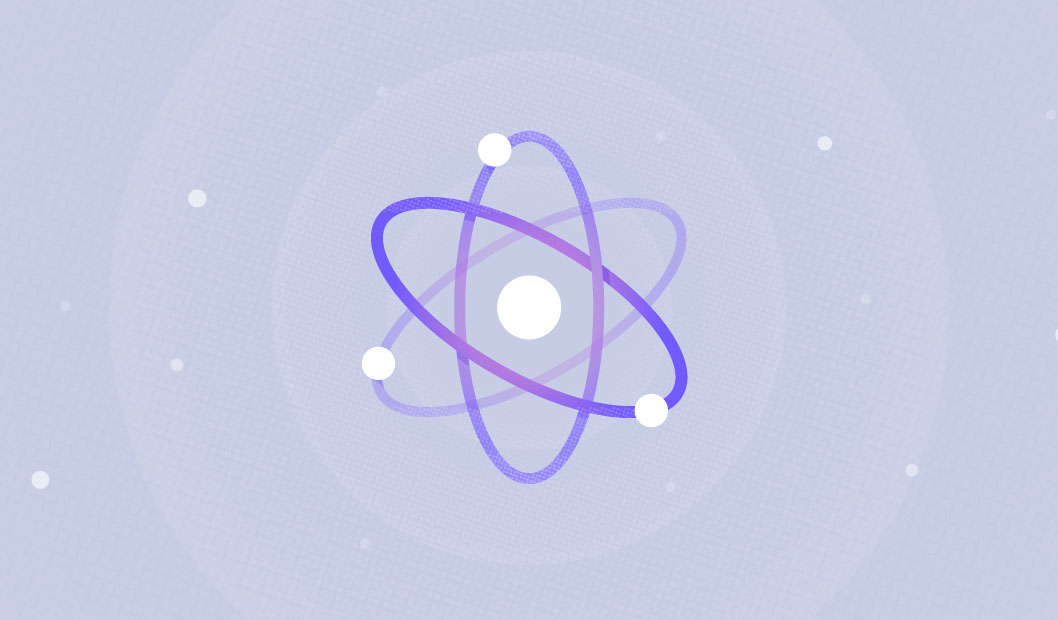By using our site, you agree to our Cookie Policy
Accept

In tech, as in life,
the gateway to connection
is understanding.
Research drives strategy. Strategy drives solutions.
We know what it takes to produce a seamless user experience that aligns with a client’s brand. The first step in every project we undertake is to arrive at a deep understanding of our client’s needs—and, ultimately, the client’s target audience.
People don’t always use the same lingo in these situations, so an essential part of our process is developing a shared language. Then we articulate a strategy, including metrics with real, definitive, measurable value—actionable items that we know we can accomplish, given the time and financial constraints involved.
Workshops
Workshopping with clients is essential for understanding the reasons they’re embarking on a project—and to determining the critical elements for their projects’ success. As part of the process, we gather as many stakeholders as needed and thoroughly document proposals for consensus. This enables us to clearly define the mission for each project. See how we run workshops.
Brand Strategy
We understand how different types of consumers think, and we bring their needs to the table when they can’t be there themselves. By keeping a finger on the pulse of many different types of audiences, we can approach them from an empathetic perspective. Using insights and analytics, we craft strategies and parlay them into experiences that engage customers and keep them coming back. Read more about how we approach brand strategy.
Technical Architecture
Countless considerations—our client’s mission, their position in the market, and the desired functionality of their site—must be taken into account before the appropriate technical architecture be determined. We take a practical, technology-agnostic approach to determine the most practical and cost-effective solutions for our clients—and avoid pricey architectural renovations down the line. Learn more about technical architecture.
Product Management
A working product roadmap and the concept of a minimum viable product, or MVP, are vital to smart product management. Developing a product roadmap helps determine what should be included in each successive MVP: only the necessary functional elements. Reviewing each MVP, in turn, helps us prioritize the next set of features to come. These concepts evolve at every stage of development. And they’re essential to keep everyone’s eyes on the prize: a beautiful finished product. Read more about product management.
Risk Assessment
During the strategy phase of any project, it’s critical to identify the biggest complexities and the greatest risks involved. Risk assessment involves looking at a project critically and determining the areas that are most fraught, involving the most uncertainty. The ultimate goal of risk assessment is a risk mitigation plan. Risk mitigation reduces production time by revealing obstacles early on, and it improves customer satisfaction by decreasing the incidence of design flaws and defects. Read more about risk assessment.
Gap Analysis
Gaps represent the space between where we are in development and where we want to be. Analyzing these gaps reveals the best path to overcome obstacles, helping to ensure efficient and timely delivery of project benchmarks. Knowing which areas are in need of attention allows us to focus our resources intelligently and maximize our time. Creating milestones and setting target dates helps keep everything on track. Learn more about gap analysis.
Project Planning
Project planners understand all of the moving parts of a work in process and develop a group strategy to keep everyone on track. They oversee the development of this strategy over the course of a project and adjust it as necessary, managing deliverables and tracking the team’s progress toward the ultimate goal: a polished product, delivered within budget and on time. Learn more about project planning.
Competitive Analysis
When we analyze a clients’ competition, we set our sights on what sets our clients apart. That’s the peg we hang our project on. Examining the competition allows us to see what’s out there and already working, as well as the things that could work but aren’t out there yet. We know how to walk the line between a site that’s new, confusing, and frustrating and one that’s new, intuitive, and engaging. Within conventional constraints, true creativity can shine. Learn more about competitive analysis.

























